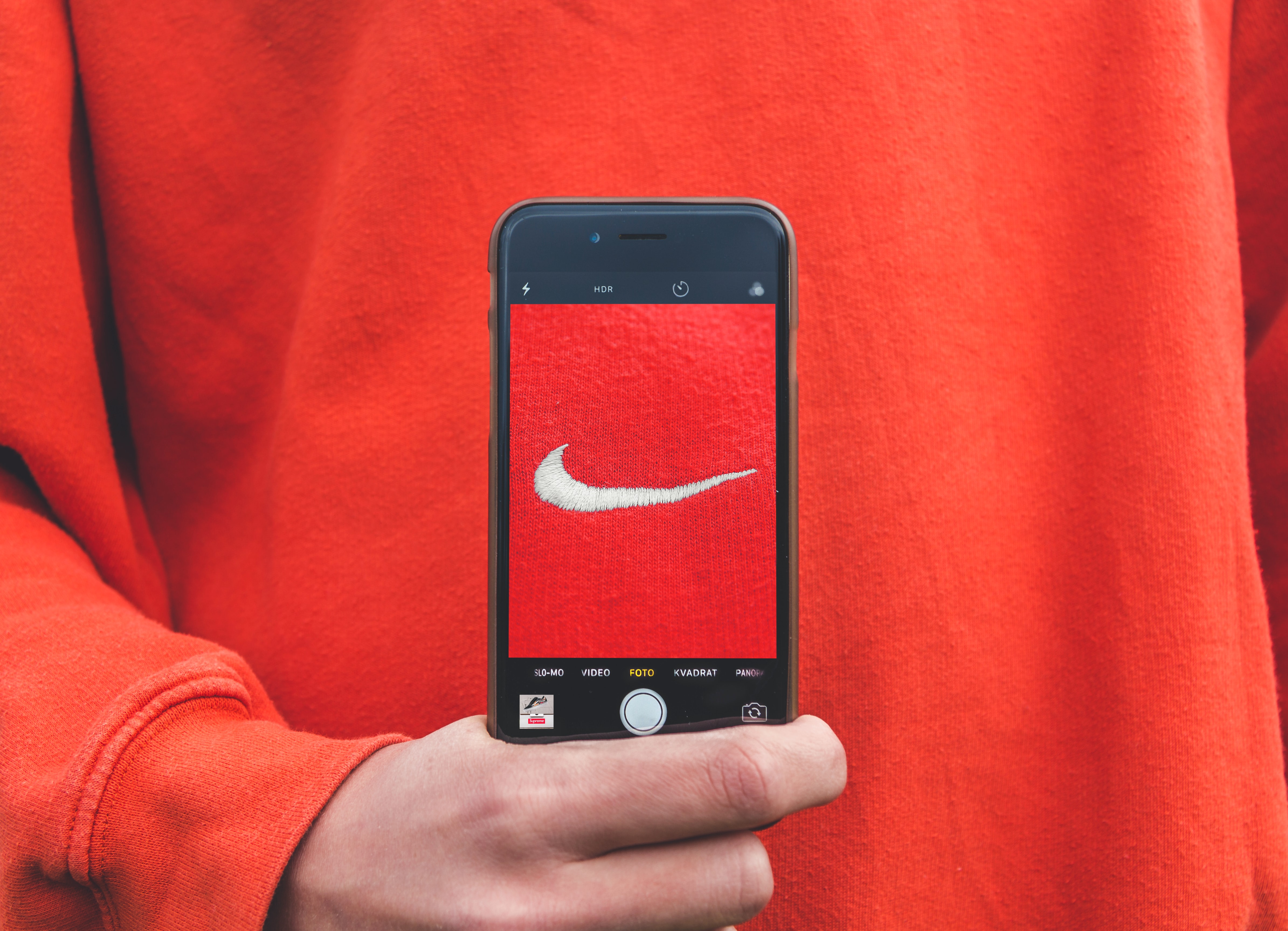
Your brand is a big deal. Every business owner has heard the term ‘brand’ a thousand times over, and if you’ve put any bit of research into it, you know that a brand is an essential thing for business. But many business owners are still confused about what a brand is. Many owners are not confident in their brand. This article aims to walk away 1.) with a solid understanding of branding, and 2.) learn to evaluate the effectiveness of your brand. When both those points are hit, you’ll be well on your way to being confident in your brand.
What is a Brand?
Definitions are so important that we should tackle them at the start. The term ‘brand’ is thrown around all the time in the business world. People rave about the brand of shoes they bought. Families argue on whether Apple is the best brand over Android. Someone standing in Target will need to decide to buy on-brand or off-brand tissues. The word itself is overused and seemingly has different definitions based on the usage. So it’s no surprise that business owners struggle with the concept of ‘branding’ and ‘improving their brand.’
Let’s start with the basic building blocks. A ‘brand’ is simply this:
The feelings or promise people associate with a company, product, or service.
A brand is an intangible attribute. In a word, it’s expectations. When people go to your business, what do they expect you to deliver beyond the product or service you offer. Take a look at these mockups and create an outstanding brand identity for your business.
A brand could be the promise of convenience. Drug Mart focuses on that. A brand could be affordability. Think of Walmart’s ‘Always Low Prices’ tagline. A brand could be the promise of empowerment from using its products, i.e. Just Do It.
Since a brand is how consumers feel about a business, it needs to be understood that every company has a brand. Even if you haven’t given it any thought or don’t have a written-out strategy, consumers look at your business and associate some feeling or promise. And if you haven’t given it any thought, there’s a perfect chance that your brand is working against you.
Why Is Your Brand Important?
Many small businesses feel like ‘branding’ (which we’ll define as the process of controlling your company’s brand) is reserved for the more prominent companies. It’s something that businesses like Coca-Cola need to worry about, not the mom-and-pop store on Main Street in a small town. But the size of a company doesn’t limit their ability to utilize the power of branding.
This is because the power of a brand comes in a competitive advantage. So while Coca-Cola uses branding to successfully gain an edge against Pepsi, a mom-and-pop general store can use it to gain an edge against the store four streets over. Or against the Dollar General down the road.
Why does branding give an advantage? It’s because consumers are emotionally driven, so the feelings they associate with your business impact their buying behavior.
Let’s reflect on how you make a purchase.
Imagine if you went to a salon in hopes of getting a haircut. At the core of the buying decision is a haircut. If you enter a salon and leave without a haircut, it’s safe to say it was a failure of a purchase. But you don’t just want shorter hair; you want it to look good. You want a quality haircut. So if you leave the salon with shorter hair that is uneven, you won’t be too happy. In fact, you might’ve wished you didn’t make the purchase at all. And even if you get a fine haircut, you want to be comfortable and treated well by the hairdresser. So if you walk out of the salon with an improved haircut, but you just spent an hour sitting in the chair of a rude hairdresser, you still won’t be that satisfied with the purchase.
There are many additional aspects that can be added to this buying process. Is the salon itself well-kept? Did you have to wait long to be seen? Did the hairdresser listen to what you wanted? Was the haircut overpriced? All of these things are areas in which expectations are built and a brand can be controlled.
How Branding Affects Consumers
If you own a salon, the universal expectation is that you deliver an adequate haircut. If you plan on staying in business for any length of time, you’ll make sure that you hire a hairdresser that can provide an even trim at the very least. But beyond that universal ‘brand,’ what is giving you a step up on the competition? Because you have to assume that all the other salons in the area are delivering on that expectation to stay in business. So why would a customer go to you over them?
Depending on your location and vision for your business, you might determine that you want to be the luxury option. So a customer isn’t just visiting to get a good haircut, they want to be pampered. This will be reflected in the atmosphere of your salon, the high-quality products you use, or the additional services provided like manicures or massages. It will also be reflected in the higher price point, because a customer will be willing to pay more if they are expecting a better experience. You won’t be attracting the customers that want the basic haircut for the lowest price. They’ll go to the salon that has the brand of affordability.
This is how branding impacts consumers. They ALWAYS have some expectation beyond the basic product or service they’re buying. And if you can focus on what that is for your target audience, you can consistently win them over from your competition.

How Can You Be Sure That Your Brand Is Right?
But since a brand is an intangible attribute, how can you determine if it’s working? Or if you are focusing on the right feelings or promise?
1. Identify your target audience.
A brand cannot be all things to all people. Going back to our salon example, you can’t attract people who want luxury AND people who want affordability. Those aren’t two compatible expectations. You need to first determine what type of consumer you want to frequent your business.
2. Identify your ideal brand for that audience.
If you want to attract middle-class women to your salon, then you want your brand to be luxury. That kind of consumer isn’t looking for the best deal in town, they’re looking for beauty services that make them feel confident and pampered. They’re expectations will be vastly different than the consumers who really just care about getting an adequate haircut at the cheapest price.
3. Align your business to support your brand.
Now, this is much easier said than done. And it’s not accomplished overnight. But if you want to be confident that your brand is working for your business, then you need to set it up for success. A brand is controlled through many avenues of a business: marketing, copywriting, visual look, logo, interior design, customer service, social media presence, etc. Consumers derive expectations from various aspects of their encounter with a business.
If you went to a high-end salon, but the floors were dirty or the hairdresser was rude, you’d no longer view it as high-end, and wouldn’t be willing to pay the higher prices.
The same thing goes if you were offering a product. Evaluate: does it add value to your customers? Does it function well? If not, what needs to be done to improve it? Review your product strategy and see how you can execute it better.
The same thing goes if you were offering a product. Evaluate: does it add value to your customers? Does it function well? If not, what needs to be done to make it better?
Once you have your target audience and ideal brand, comb through all aspects of your business and make sure they reflect your brand.
Strong brands aren’t built overnight. It takes consistency to control your brand and it’s not something you can put on the backburner if you want the benefits of a good brand. But if you have a plan and are willing to put in time and effort, you can build a brand that lifts you up above the competition and connects with your target audience.

